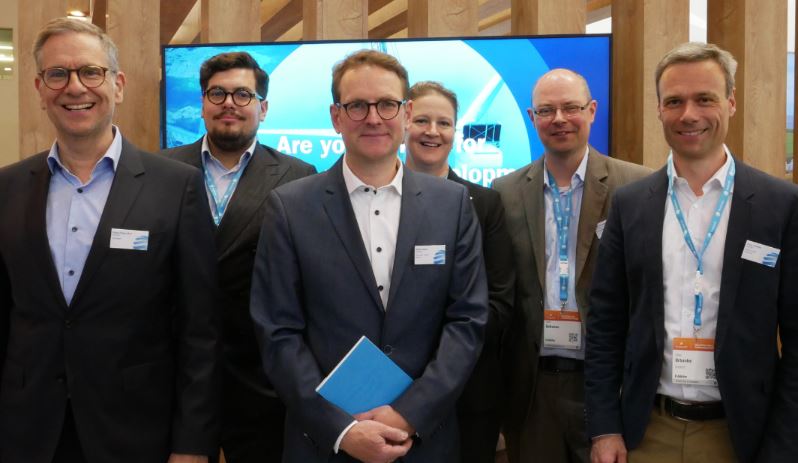Germany – Statkraft, Europe’s largest producer of renewable energy, has unveiled its ambitious growth targets for the German market.
The Norwegian energy company aims to significantly increase the share of renewable energy in Germany by 2030 and support the market ramp-up of green hydrogen. With plans to build wind and solar capacity, operate flexible power plants, and become a leading supplier of green hydrogen, Statkraft is poised to play a crucial role in shaping Germany’s energy transition. This article explores Statkraft’s goals, technology, potential impact, and the challenges it may face in achieving its objectives.
Expanding renewable energy capacity
Statkraft aims to become a leading global renewable energy producer by constructing 2,500-3,000 MW of capacity annually, equivalent to one new power plant every ninth day from 2025. The company plans to develop and build approximately 300-500 MW of wind and solar capacity in Germany each year from 2027. By 2030, Statkraft intends to operate 2,000 MW of wind and solar plants alongside its existing flexible power plant portfolio of around 1,800 MW. This significant expansion will contribute to Germany’s renewable energy goals and facilitate a faster phase-out of fossil fuels.
Green hydrogen production
As part of its strategy, Statkraft aims to become a leading supplier of green hydrogen in selected European markets, including Germany. The company plans to have at least 250 MW of installed electrolysis capacity operational by 2030. To achieve this, Statkraft announced plans for a 10 MW pilot project at the Emden power plant site, with potential expansion to 200 MW. The produced green hydrogen will initially be used to decarbonize the regional transport sector in East Frisia, and subsequently, supply industrial companies nationwide. Leveraging existing infrastructure for green hydrogen production is essential for economic and ecological reasons.
Optimized solutions
Statkraft serves as a bridge builder between renewable energy producers and consumers. The company has facilitated the financing and operation of approximately 1,000 MW of subsidy-free renewable capacity in Germany through power purchase agreements. Additionally, Statkraft has developed as an industry partner for large commercial and industrial consumers, offering them solutions for achieving sustainability, climate goals, and price hedging during periods of high electricity prices. With the market ramp-up of hydrogen, Statkraft aims to further decarbonize industrial companies by selling green power to hydrogen producers and providing optimized market access solutions for hydrogen.
Political course setting
Statkraft acknowledges the improvements in the German Renewable Energy Act (EEG) and associated laws, such as simplified approval procedures for solar and wind projects. These advancements are expected to overcome the stagnation in renewable energy expansion. However, the company believes there is room for improvement in future subsidy and financing mechanisms for renewable energy expansion.
Statkraft emphasizes the importance of allowing coexistence between contract-for-difference (CfD) and power purchase agreements (PPAs) to ensure a diverse support scheme. The company expresses concerns that making CfDs mandatory could impede the developing PPA market and hinder the forward market, emphasizing the significance of PPAs as a long-term hedge against electricity price fluctuations for industrial companies.





